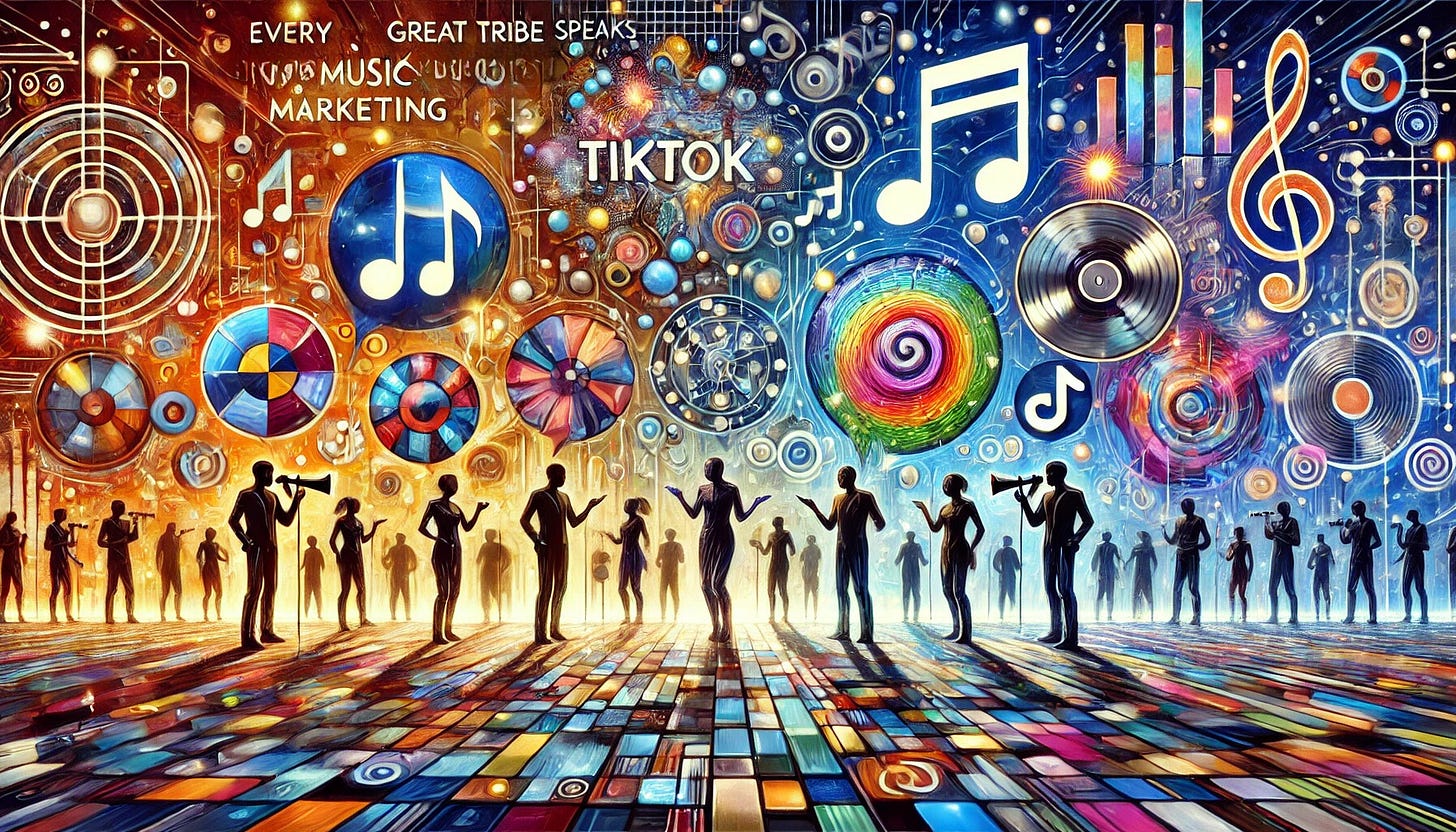Why Your Music Marketing Is Getting Lost in Translation
Every tribe speaks its own language. Not just in words, but in gestures, memes, and shared understanding. The classical music lover who swoons over a perfect cadenza speaks a different dialect than the hip-hop fan who can recite every bar of their favorite track.
Here's the thing: When we market music, we often act like we're all speaking the same language. We blast out identical messages across platforms, hoping something sticks. But that's like speaking English to a room full of people who each speak different languages - most of it gets lost in translation.
Smart marketers know better. They understand that TikTok isn't just a different platform - it's a different culture, with its own customs and codes. What works there would feel alien on Instagram. The message that resonates with jazz aficionados might fall flat with electronic dance music fans.
Think about the last great concert you attended. What made it special wasn't just the music - it was being surrounded by people who "got it." People who understood why that particular chord progression or beat drop was meaningful. They spoke the same musical language.
That's the secret: Great music marketing isn't about broadcasting - it's about becoming fluent in your audience's native tongue. It's about understanding that each platform, each genre, each community has its own unwritten rules and shared meanings.
The most successful artists and marketers don't try to create a universal language. Instead, they become multilingual, shifting naturally between different cultural dialects. They know when to speak the language of viral TikTok trends and when to adopt the more measured tones of traditional media.
Tomorrow, before you craft that next marketing message, ask yourself: Am I really speaking my audience's language? Or am I just making noise in a tongue they don't understand?
The answer might just be the difference between being heard and being ignored.


